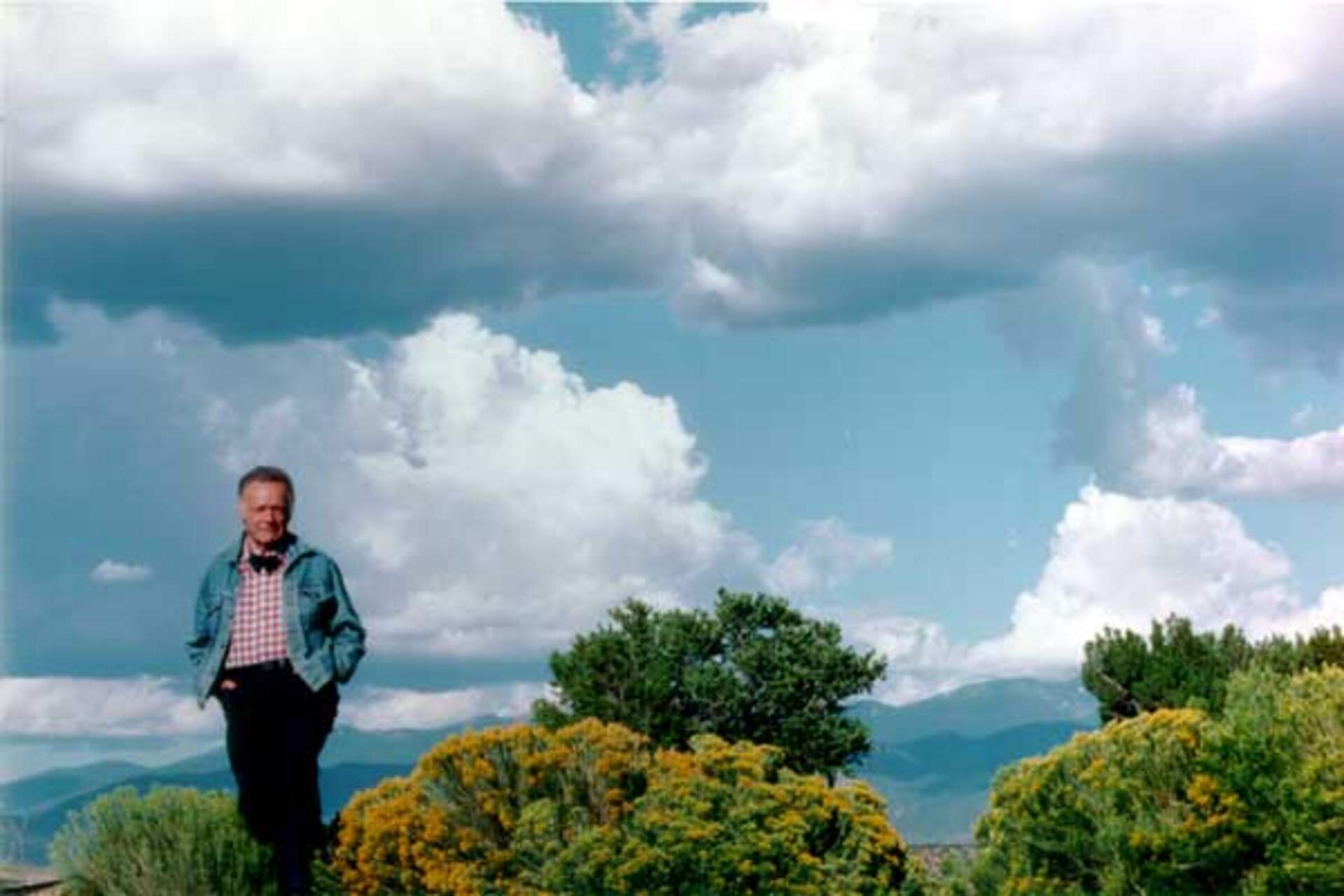Eric Sloane
(1905-1985)
American
Born: New York, New York, USA
Named Everard Jean Hinrichs at his birth in New York, NY, the artist who became known as John Sloane led an interesting life. As a boy, his neighbor and font inventor Frederick Goudy gave him art lessons in lettering and sign painting, which led to his painting identifying marks on the planes of aviation pioneers. Wiley Post, the first pilot to fly solo around the world, taught him how to fly. Clouds and skyscapes became favorite subjects. Amelia Earhardt bought his first cloud painting and his largest—at 75 feet wide—is Earth Flight Environment, a wall mural commissioned for the opening of the Smithsonian National Air and Space Museum in 1976. The Air Force accepted his book Cloud, Air Wind as a weather manual. He built the first “Hall of Atmosphere” for the Museum of Natural History in New York. Sloane even became the first television weatherman, asking farmers to call in their weather observations to be broadcast regionally. Among several books on weather, he wrote the first sky book for art students, Skies of the Artist.
Sloane’s interest in barns and rural landscapes began at the age of fourteen, when he left home and became an itinerant sign painter. Barns, buildings, and stores became his “canvases.” His experiences fueled an interest in Early American architecture, settlers, tools, farming techniques, and folklore. Eventually this stimulated his prolific production of idyllic New England landscapes. The Eric Sloane Museum in Kent, Connecticut houses his personal collection of Early American tools, as well as an exact replica of his painting studio.
